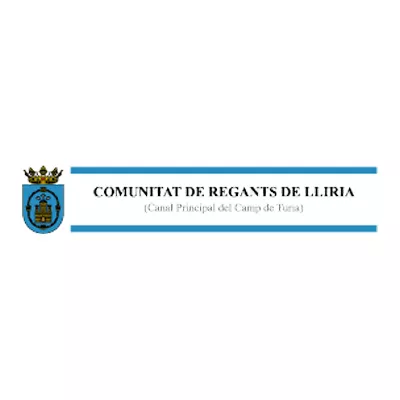General information
RDP Priority
- P5. Resource efficiency and climate
RDP Focus Area
- 5A: Water use efficiency
RDP Measure
- M04: Investments in physical assets
Summary
The irrigation community of Llíria, Valencia used CAP investment support to install a floating photovoltaic system on the La Fardeta reservoir to supply solar energy to two 255 kW vertical submersible pumps. The floating installation consists of 2 520 photovoltaic modules with a total installed power of 869.41 kWp. It is made up of modular, interlocking floats that allow the resulting floating platform to move on the surface of the reservoir, although it is anchored to the sides of it for safety reasons. The shape of this platform allows it to adapt to the profile of the pond as it undergoes processes of supply and extraction during the year according to the availability of water and crop needs.
Results
Irrigation cost savings of some 40% have been achieved for the farmers who are members of the irrigation community. Cost have reduced from approximately EUR 500 000 a year per farm to just over EUR 300 000, despite the drastic increase of energy prices last year.
At the beginning of the project, a return rate of 4 - 5 years was calculated, but with the current energy prices the payback period is expected to be around 2.5 years.

Promoter
Community of irrigators of Llíria
Funding
Total budget 1 031 502.41 (EUR)
EAFRD contr. 546 696.28 (EUR)
Resources
Documents
Good Practice Report - Investment in an energy efficient water extraction system by the irrigation community of Llíria, Valencia
(PDF – 2.54 MB)
Links
Context
The irrigated area of Llíria has a total surface area of 7 721 ha and is irrigated on an annual basis with 29 million m3 of retained water from the main canal of Campo del Turia. When the canal water is not sufficient, then groundwater is also used to supplement irrigation.
In the past, all the wells of the Llíria irrigation community were in the lower part of the area, which resulted in higher costs since the water needed to be elevated. Given the need to have water in the upper part of the land at a reasonable cost, the Llíria irrigation community’s board of directors set about preparing a project funding plan for this purpose.
The Regional Ministry of Agriculture announced a line of support from the EAFRD that fitted the needs of the irrigation community. This led to the involvement in the project plan of a key new partner from the engineering sector.
Objectives
The aim of the project was to improve irrigation in the upper part of the farmed area at reduced cost. This would be achieved by using photovoltaic energy to exploit existing water resources, thus optimising energy savings and reducing CO2 emissions.
Activities
The project involved two main actions to achieve this objective:
-
- Installing the pump systems including two 255 kW vertical submersible pumps with a capacity of 8 000 litres each; and
- Installing a solar-powered energy source 869.41 kWp to power the pump systems. This was located on a dedicated floating structure on the reservoir and was specially designed for the project. It would have been possible to opt for electricity from the national grid, but the irrigation community of Llíria opted for renewable energy.
In total, the installation can move up to 16 000 litres per minute under optimal climatic conditions, i.e. with sunlight.
Main results
The main benefit derived from this project is the cost savings for farmers, who have gone from paying approximately EUR 500 000 a year per farm to just over EUR 300 000, despite the drastic increase of energy prices last year. At the beginning of the project, a return rate of four to five years was calculated, but with the current energy prices the payback is expected to be around 2.5 years.
As they are now able to generate 1 113.44 MWh/year of renewable solar energy, the irrigation community are contributing to efforts to reduce greenhouse gas emissions. Another small benefit is that the raft reduces the amount of light on the water, and this helps to prevent algae forming, which provides cleaner water for the crops.
Key lessons
The irrigation community believes that it is important to promote innovation through digitalisation and monitoring. This could involve actions that cover water inlets, wells, or pumping, as well as sustaining valves to prevent excessive pressures that might break pipes. They are also interested in the application of an extended system of probes to capture moisture and excess nitrogen in the water that can be harmful to aquifers.
Irrigation communities should not wait for a subsidy call to develop projects. They should design the projects they need and then explore what type of subsidies would be suitable for their project. The main barrier, however, is the administrative burden, so for this reason it is important to work with experienced partners who can lead on technical, procedural and administrative issues.
"We are all striving for efficiency through best practice."
Community of irrigators of Llíria
